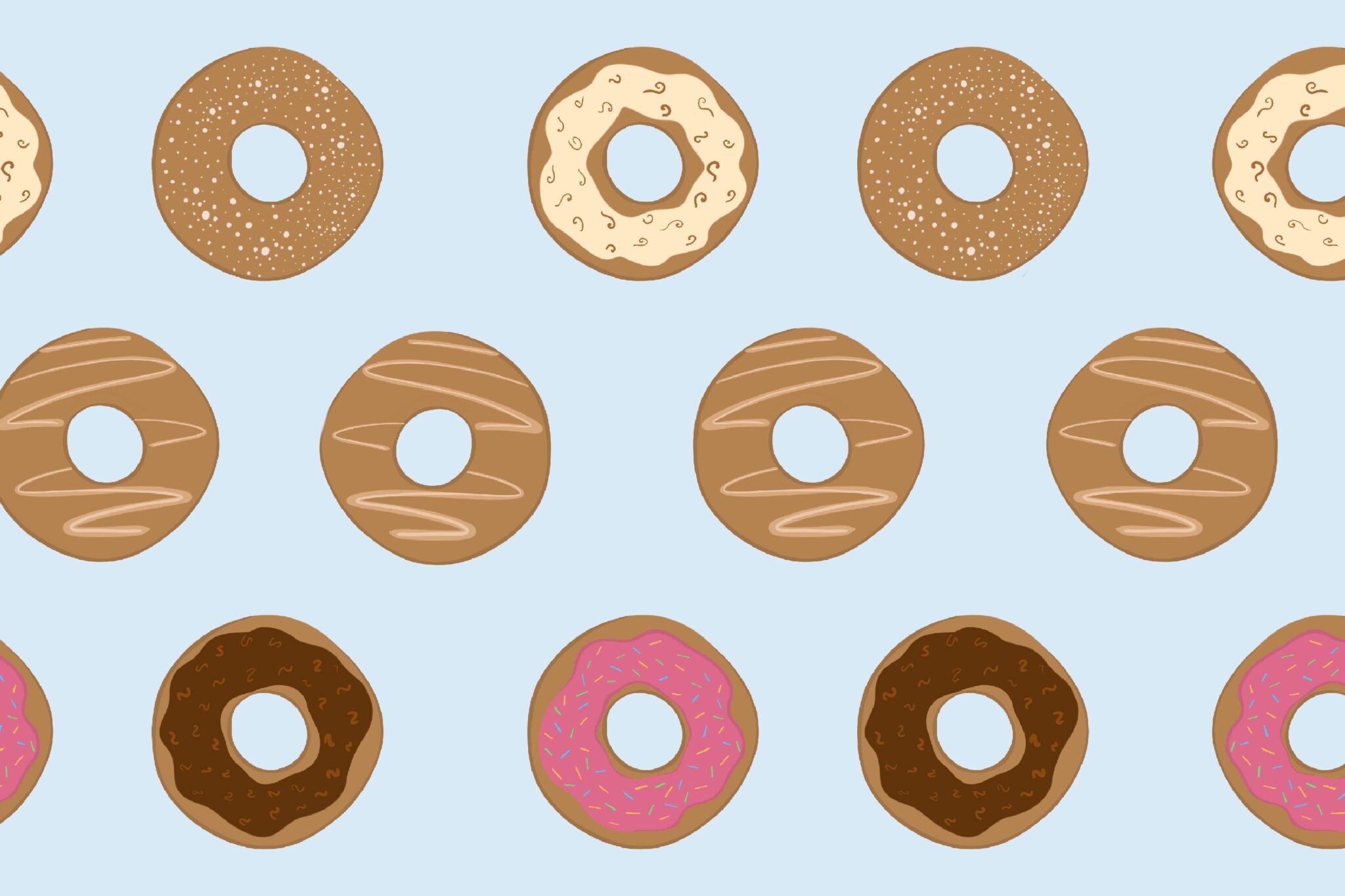5 Tricks to Reduce Sugar in Your Child’s Diet


The 2015 Dietary Guidelines for Americans (DGA) were released a few years ago, summarizing the nutrition areas where Americans need to work a bit harder to reach their health potential. Although the DGAs don’t address the needs of children under age two, they do give us some insight into what may lie ahead in terms of optimizing children’s nutrition, along with highlighting some of the problematic areas.
One challenging area is sugar — added sugar, that is. It’s fair to say that everyone is getting too much added sugar in their diets. The DGA, based on a body of evidence, recommends that all Americans keep their added sugar consumption to less than 10 percent of total calories.
Added sugar is sugar that is added to foods in processing or before eating. Think candy, desserts, sugary beverages, and the like — or sugar sprinkled on cereal or strawberries. The DGA recommendations do not impose limitations on natural sugars — those that are found naturally in a variety of foods, such as fruit and dairy products.
Other organizations, such as the American Heart Association (AHA) are stricter with their added sugar guidelines, outlining a recommendation of half (5 percent) of the discretionary calories allowed (which is 10 percent of total calories eaten per day) for sweets and fatty, fried foods.
Let’s take a look at what these recommendations look like when compared to the average young child’s caloric needs each day.
Here are a few tips to keep in mind as you try to cut down on your child’s added sugar intake:
Added sugar comes in obvious forms and not-so-obvious forms. Some foods are obviously loaded with sugar like a candy bar or a brownie, but there are other foods that are sneaky with sugar, such as pasta sauce, flavored yogurt, and cereal. You should keep an eye on both.
Kids need to learn how to navigate the larger world, even with sugar. Research tells us that total elimination of any food, especially sweets, may backfire, leading your child to be more sensitive and responsive to sugar. And yet not having a plan for sweets doesn’t work well either, leaving too much chance for overconsuming them. What does work? A plan for when sweets will be included in your child’s diet. Will you include them once a week? More than that? How will you showcase sweets without being too lax or too strict?
Look in your cabinets, pantry, fridge, and freezer, and get a read on which of your usual foods tend to be high in added sugar. Take a quick diet assessment of your child’s day and add up his or her usual intake of sugar. Remember, it’s your child’s average intake over time that matters. A day of sugar indulgence can (and probably will) happen. What you don’t want is this to become a daily event.
Allow your child to enjoy sweets when he or she has them. Don’t lay down the guilt trip or let your fears of unhealthy eating take over. Sweets are delicious, and most kids enjoy them, so let your child relish them when they fit into your overall food system.
Don’t forget that very young children will probably like sugar and want it if they are exposed to it early and frequently. Research tells us that the more children are exposed to sugary foods, the more likely they are to prefer it.
Sources:
- 2015–2020 Dietary Guidelines for Americans
- Office for Disease Prevention and Health, Promotion, U.S
- Department of Health and Human Services. Added Sugars
- The American Heart Association.
Powered by Bundoo®










































